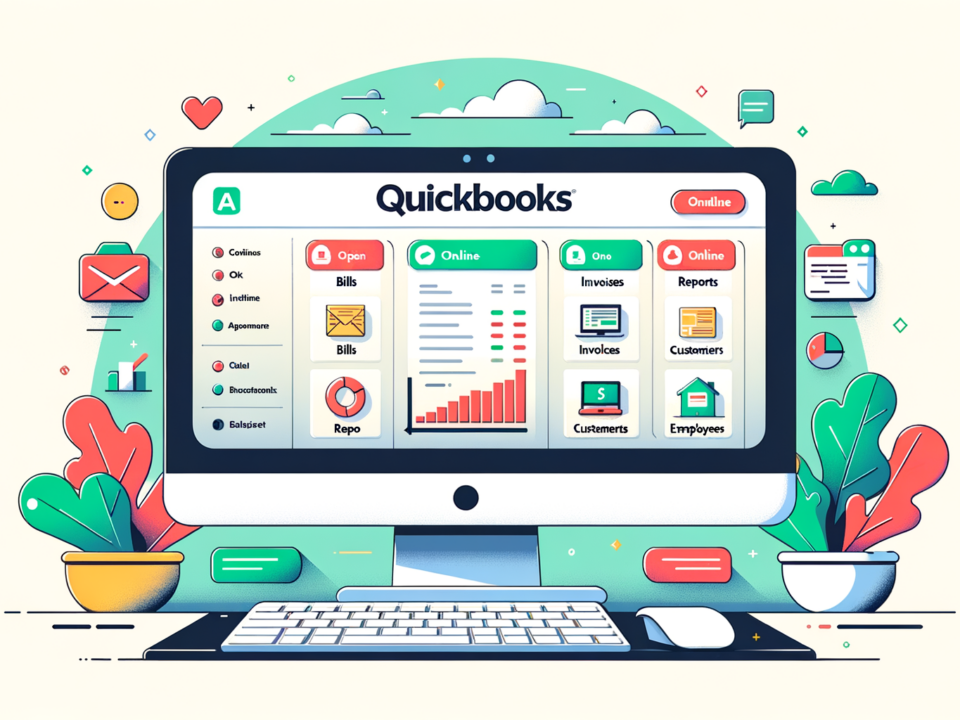Tracking PPP loan proceeds
May 3, 2020DOKKA Interview Intuit:
June 2, 2020How to enter PPP/EIDL/etc into the bookkeeping
Lots of people are struggling with the correct way to record the various forms of government assistance they have been receiving. The advice I’ve seen out there is haphazard at best, dangerous to your bookkeeping at worst. How do you make the entries in your bookkeeping, and how do you track the balance of funds? How do the entries factor into your overall bookkeeping?
Here are a couple key principles to remember.
- For most of these programs, especially the PPP and EIDL programs, the money is a loan, until it’s not. The banks do expect this money back, either from you or from the government funding. The amount forgiven won’t be determined until you submit documentation to the bank. Forgiven in this instance means paid back by the government. You may get all, some, or none forgiven, but you don’t know for sure until the bank confirms it. So that means that when you receive the money, you will create a new liability account to represent the loan. Then record a bank deposit using that liability account. This creates the correct loan balance, records the deposit in the bank, and doesn’t affect your P&L.
- Expense categories don’t change when you spend the money. The PPP loan is going to cover your rent payment and your payroll. However, that doesn’t mean that you put your rent and payroll expenses into a different category than usual. There will be no “PPP expense” line on the 2020 tax return for your business. Instead, the “salaries and wages” line on your tax return needs to represent all the money paid to employees. Regardless of where the money came from, and that figure needs to tie into the 941s and w-2’s also filed with the government. Same thing goes for rent, payments to contractors, and so on. You need to keep them in the same category as usual so you can easily calculate 1099 totals, for example.
- When someone gives your business money, it’s income. (Unless it’s your own money, but then it’s just an owner equity transaction.) This refers to when the money is no longer a loan. The official process for the debt forgiveness has yet to be determined. However, I suspect that when all is said and done, in January 2021 the banks are going to issue 1099-C’s (or something similar) for the loan amounts that are forgiven. Businesses will be required to report it as business income to offset the business expenses they used the funds to pay for. So basically it will be a wash. Rather than exclude the expenses you paid for from PPP funds from your tax return, you will include both the government grant income and the expenses you paid, and the net effect will be zero.
So here are the concrete steps for how you should record things in your bookkeeping. And for the record, this is how Backyard Bookkeeper has instructed all of our bookkeepers to handle these transactions for all of our clients.
- When the money comes in, record a deposit against a new liability account that you create. (Use separate accounts for EIDL, PPP, or any other local programs.)
- Record expenses the way you always do, without changing anything.
- Track expenses paid out of the loan funds separately from the bookkeeping. (See our previous article about this.)
- When the forgiven amount is determined, wait for communication from the bank confirming the amount, and then open the loan register in your accounting and make a single entry directly in the register to decrease the amount due. Create a new revenue account (using “other income” if that is available in your accounting program) and call it “government grants” or “loan forgiveness” – whichever makes sense to you. This is the offsetting account to record the decrease in the amount you have to pay back to the government.
- In case of a remaining balance on the loan, record payments against the balance when they start up in October.
The same thing goes for businesses that have existing SBA loans. The SBA is taking over the payments from April – September 2020. The bank will show the loan balance going down – at the end of the year. To get the bookkeeping right, we will be making adjusting entries showing the amount of money received from the government against the loan balance. Record this as income, since it’s a government grant to fund the business, and that’s the only way to reflect the correct loan balance.




